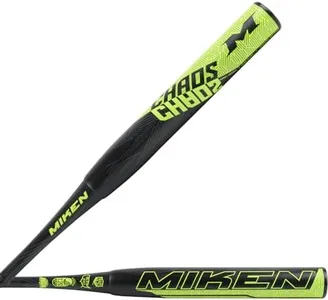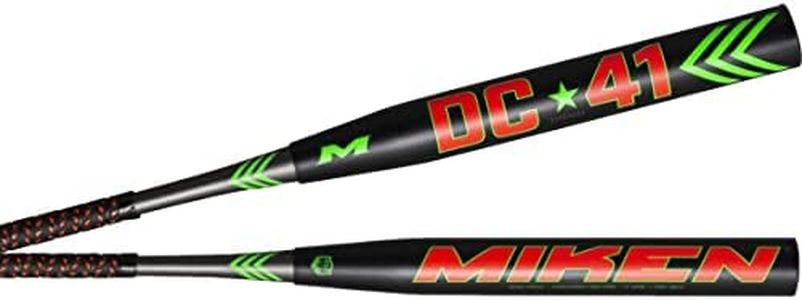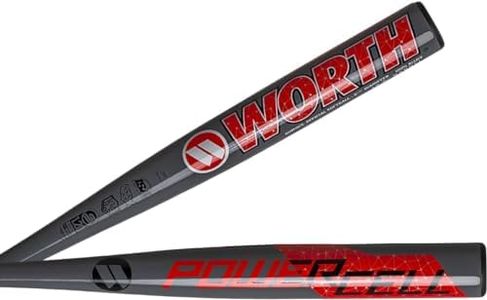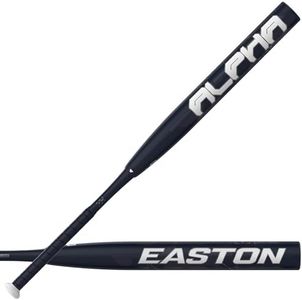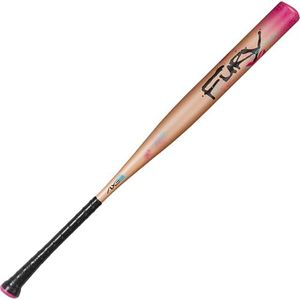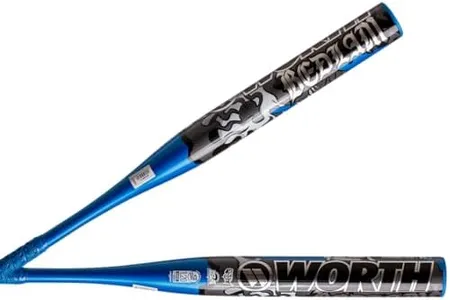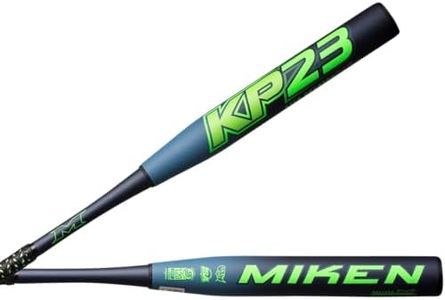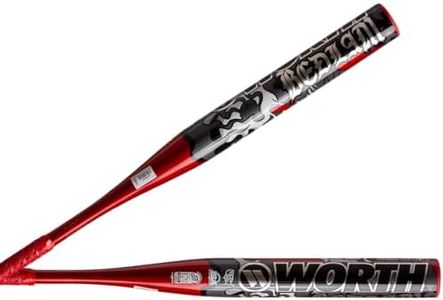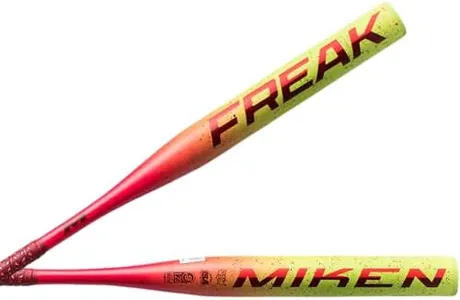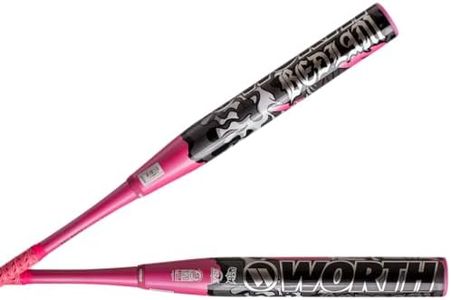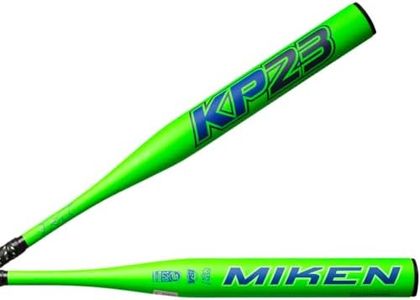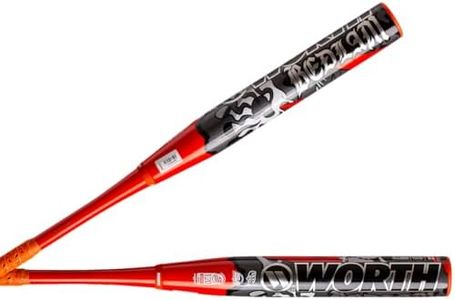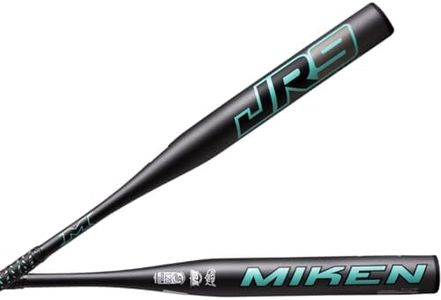We Use CookiesWe use cookies to enhance the security, performance,
functionality and for analytical and promotional activities. By continuing to browse this site you
are agreeing to our privacy policy
10 Best Mens Softball Bats
From leading brands and best sellers available on the web.By clicking on a link to a third party's website, log data is shared with that third party.
Buying Guide for the Best Mens Softball Bats
Choosing the right men's softball bat is key to performing well at the plate and feeling comfortable during games. The right bat will help with your swing speed, the distance you can hit, and your control over the ball. You want a bat that not only fits the rules of your league but also matches your physical build and style of play. When making your decision, it’s essential to understand the main specifications and how each affects your experience so you can confidently pick a bat that suits your needs.LengthLength refers to how long the bat is from the knob to the end cap, measured in inches. It’s important because it influences your reach and swing mechanics. Bats generally come in lengths ranging from 32 to 34 inches for adult players. Shorter bats are easier to control and are better for players with a quick, compact swing, while longer bats can give you more reach and plate coverage, which is helpful for hitting pitches on the outer part of the strike zone. You should pick the length based on your height, arm length, and preferences; if you’re taller, a longer bat might suit you, while shorter or average-height players might feel more comfortable and precise with a slightly shorter bat.
WeightWeight is how heavy the bat feels when you swing it, usually measured in ounces. Bat weight is crucial as it impacts your swing speed, power, and control. Lighter bats (typically 26-28 oz) allow for faster swings and are easier for players who prioritize bat speed and those who prefer hitting for average. Heavier bats (29-30 oz or more) provide more power if you have the strength to control them but can slow down your swing if you’re not used to the extra weight. When choosing, try different weights to see what feels comfortable and gives you the most consistent, controlled swing for your playing style and strength.
MaterialSoftball bats are most commonly made from alloy (metal), composite materials, or sometimes wood. The material affects durability, performance, and feel. Alloy bats tend to be more durable and provide a more traditional feel with a 'hot out of the wrapper' performance, meaning they’re ready to use at full potential right away. Composite bats often have larger 'sweet spots' (the area where contact feels best) and can offer lighter swing weights, but they may require a break-in period before reaching peak performance. Wood bats, while less common, provide a classic experience but are usually heavier and less forgiving. Your choice should be guided by what feels better to you in your hands and what your league allows—some leagues restrict the use of composite or certain alloy bats.
Barrel DiameterBarrel diameter is the thickness of the widest part of the bat, with most softball bats featuring either a 2 1/4 inch or 2 5/8 inch diameter. A larger diameter offers a bigger surface for making contact with the ball, which can help reduce mishits and boost confidence at the plate. However, a larger barrel might also add weight and affect the balance. Smaller barrels may feel lighter and are quicker through the strike zone. Generally, beginners and those who want more forgiveness on off-center hits might prefer a larger barrel, while advanced players sometimes choose a smaller diameter for more precise control.
Balance (End-loaded vs. Balanced)This refers to how the weight is distributed throughout the bat. End-loaded bats have more weight towards the barrel end, making them feel heavier and delivering more momentum in the swing, which can add power for strong hitters. Balanced bats have their weight evenly distributed, making them easier to control and faster to swing, which is often preferred by players who prioritize bat speed and contact hitting. Picking the right balance depends on your hitting style—if you are a power hitter looking to drive the ball, try end-loaded; if you rely on quick hands and bat control, a balanced bat is likely better.
Certification/League ApprovalSoftball bats must often meet specific standards set by governing bodies like ASA, USSSA, or NSA. Certification ensures the bat is legal for use in your league, so always check the markings on the bat and confirm with your league’s rules before buying. Choosing the right certification is not about personal preference but compliance; make sure your bat matches your league’s requirements to avoid disqualification from games.
GripThe grip is the material and texture on the handle of the bat. It affects comfort, shock absorption, and your ability to hold the bat securely. Some grips are thicker and cushioned, helping to reduce vibrations and sting on mishits, while thinner grips can offer a better feel for the bat but less protection. The best grip depends on your comfort—if you value a soft feel and fewer vibrations, go for a thicker grip; if you want more direct feedback and a closer connection to the bat, a thinner grip may be right for you.

